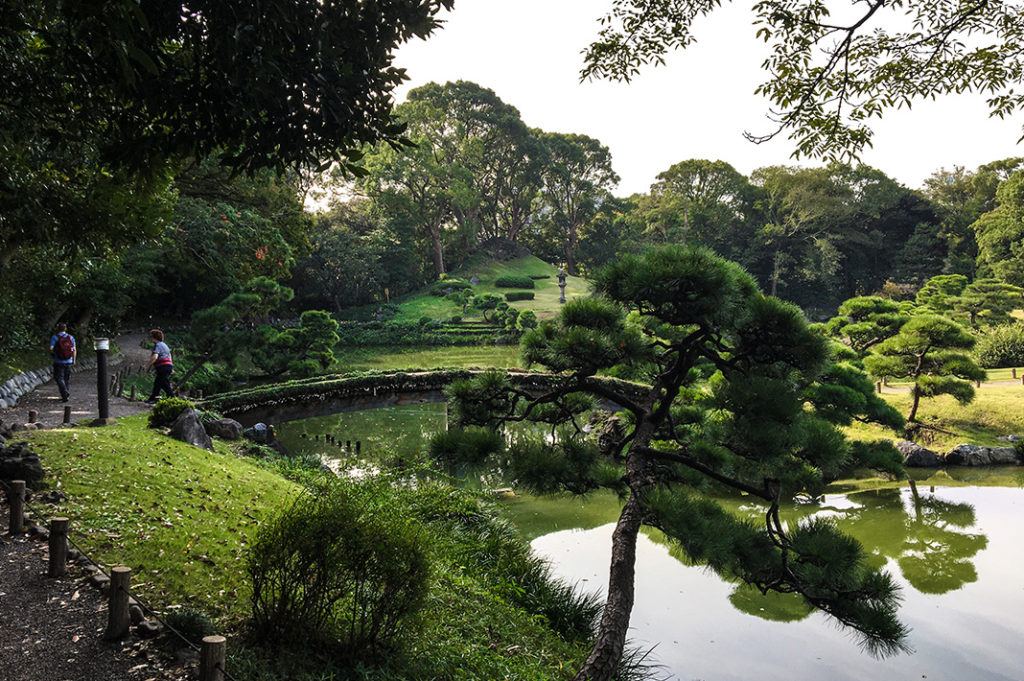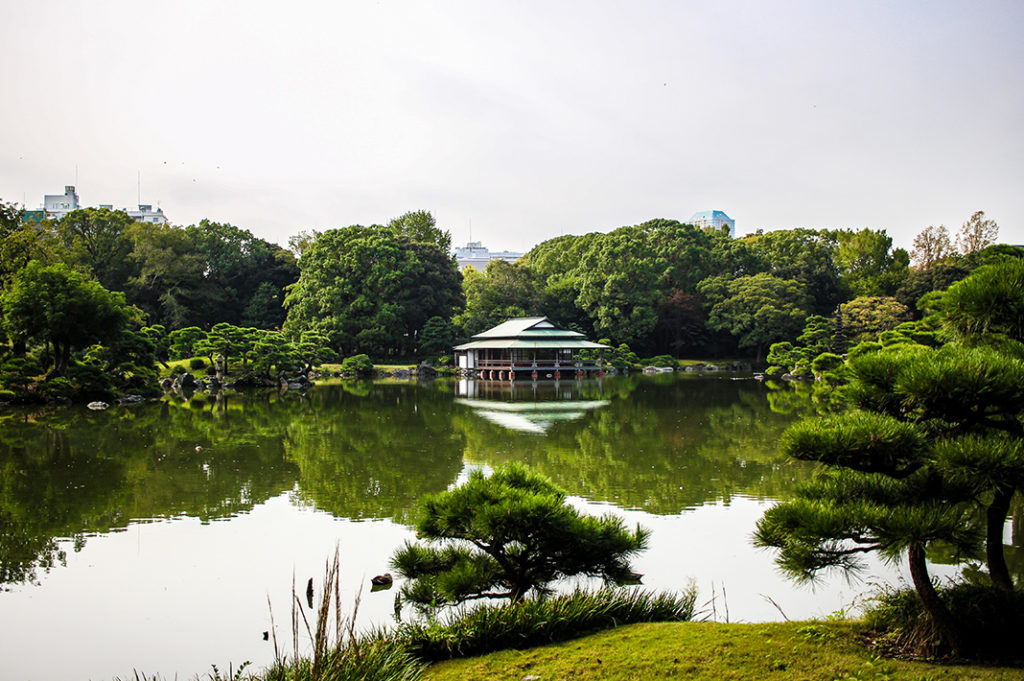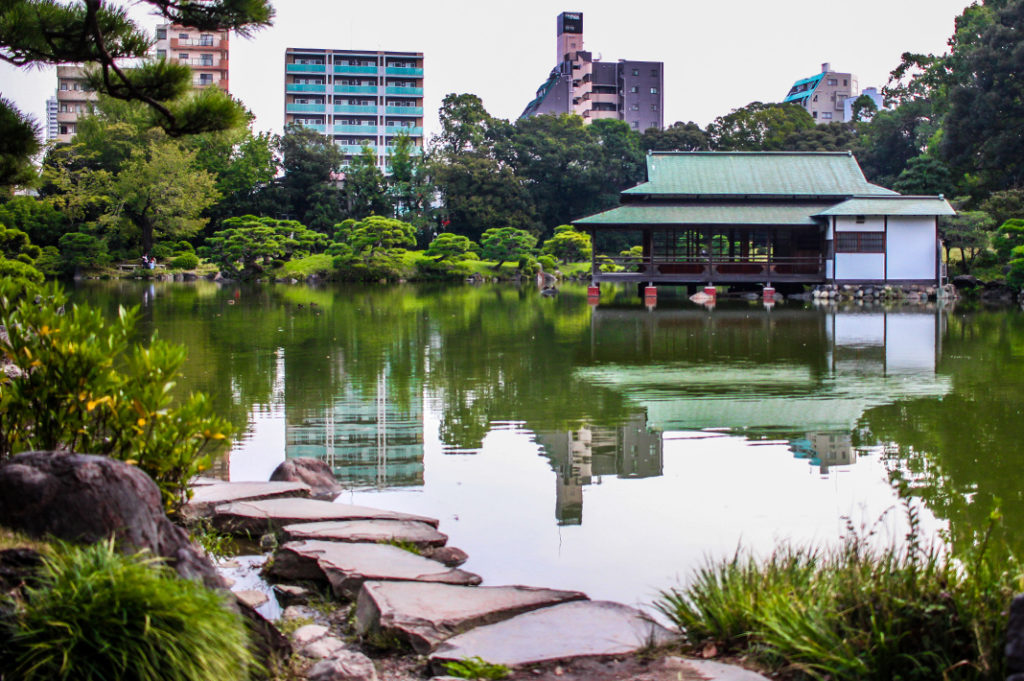
Kiyosumi Garden, Tokyo.
There’s no shortage of beautiful parks and green spaces in Tokyo. So, to ensure you make the most of your time in the capital, we’d recommend you start by visiting one of the Metropolitan Cultural Heritage Gardens. These nine locations each have a fascinating backstory and offer a wonderful blend of nature, culture and history.
On my mission to see all nine, I paid an early morning visit to the Kiyosumi Gardens in Fukagawa, where I learned a thing or two about a thing or two.

A Brief History of the Kiyosumi Gardens.
The Kiyosumi Gardens were opened to the public in 1932—in an era where Japan was famously implementing Western concepts, such as creating public access parks. Before this, elaborate gardens like these existed on temple grounds or were privately owned by wealthy individuals. So who owned the Kiyosumi Gardens, you ask? None other than the founder of Mitsubishi, Yatarō Iwasaki .
Iwasaki acquired the land in 1878 and quickly set about constructing the gardens. Their purpose was simple: to be a beautiful place for him, his employees and guests to enjoy.

Kaiyu Design.
The Kiyosumi Gardens follow the traditional circuit style, or kaiyu style. Central to the design is a large pond (dai-sensui) which features a few small islands and a picturesque tea house jutting out over the water.

Nearby is a huge mound of earth resembling Mount Fuji, aptly named Fuji-san, which is best viewed in May during azalea season. Then, surrounding all of this is a strolling circuit which allows you to see all of the main points of interest one by one.
The teahouse, called Ryo-tei, was built back in 1909 in order to entertain one of Iwasaki’s important guests: the famed WW1 British army officer Lord Kitchener. It remarkably withstood both the 1923 great Kanto earthquake and the 1945 WW2 bombings, which is lucky as the garden functioned as a refuge during both incidents.
(You can read the rest of the article with directions to and covering many additional features of Kiyosumi Gardens at this link. This article was first published by Team JJ on January 6, 2022. Check here for deeper and unique insights into visiting Japan, including wellness, travel, cuisine and more. Find us on Instagram and on Facebook.)
Author: Japan Journeys.






